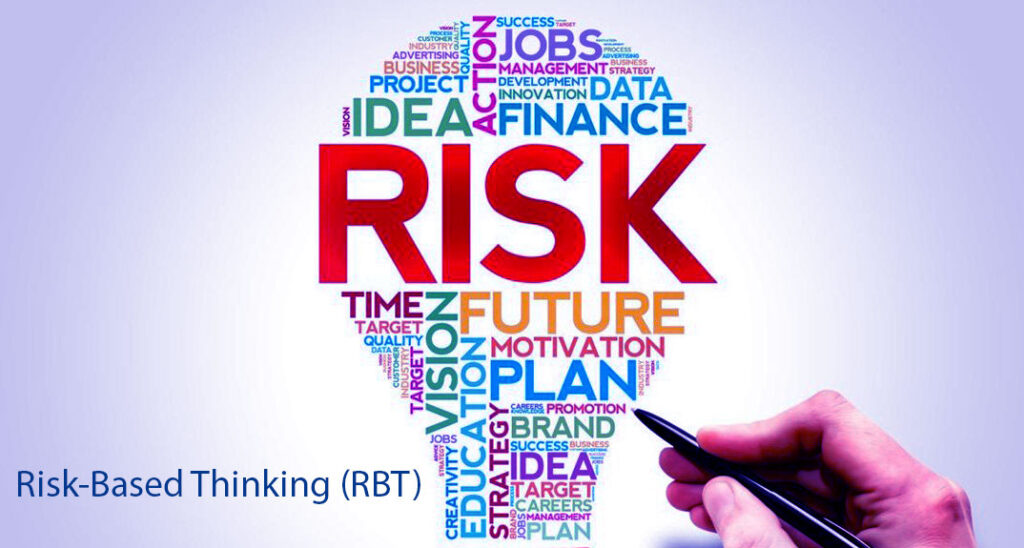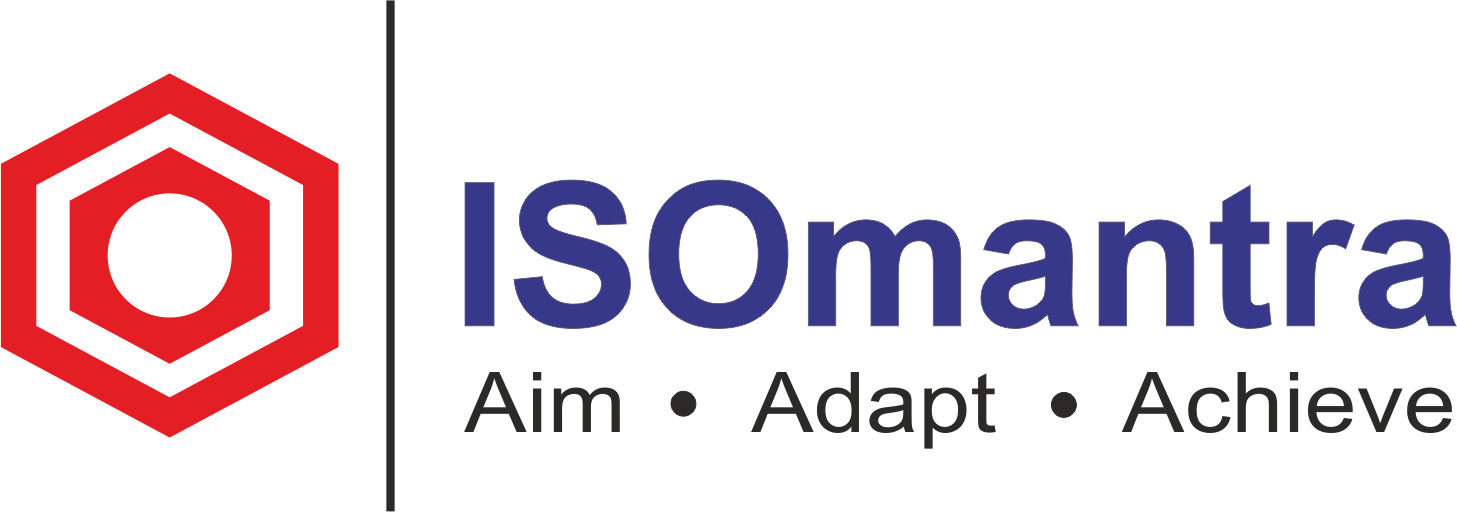What exactly is the risk?
We are all exposed to risk in our daily lives and jobs.
For example,
1. Taking your first steps as a toddler is dangerous because you may fall.
2. Trying out the monkey bars in elementary school could be dangerous.
3. The greatest risk in business is losing a customer or making them unhappy.
Every businessperson encounters and understands risk, but few spend time thinking about it. All of our activities involve risks, but have you considered what risks you face and how you manage them?

What exactly is Risk-Based Thinking? (RBT)
Now that we know that risk is everywhere and should not be avoided, we must understand why the ISO coined the phrase “risk-based thinking.” The general introduction of the standard states that “risk-based thinking enables an organization to determine the factors that could cause its processes and quality management to deviate from its planned results, to put in place preventive controls to minimize negative effects, and to maximize the use of opportunities as they arise.” It then goes on to say that risk-based thinking is “critical for achieving an effective quality management system.” Furthermore, in 0.3.3 of ISO 9001, it is stated that “an organization must plan and implement actions to address risks and opportunities.”
Risk-based thinking is the act of viewing the world through a specific lens, the lens of risk.
Risk in ISO 9001
ISO 9001 goes on to say that risk-based thinking should include not only activities/processes that could have negative outcomes but also opportunities to improve or benefit. This enables organisations to perform preventive control, which is extremely beneficial to a business.
Most of the time in business, problems arise and are resolved. This is a response state. However, ISO 9001 believes that if you use risk-based thinking throughout the process, you will be able to improve things before they go wrong. This is the state of readiness.
So, to summarise and attempt to comprehend risk-based thinking (RBT), consider the following:
- RBT is not only an attitude toward risk, but also the act of contemplating risk.
- It must be well planned and executed.
- If done correctly, it will allow us to avoid potential problems.
- Highlights any opportunities that an organisation may have.
- Is required for a QMS to be effective.

